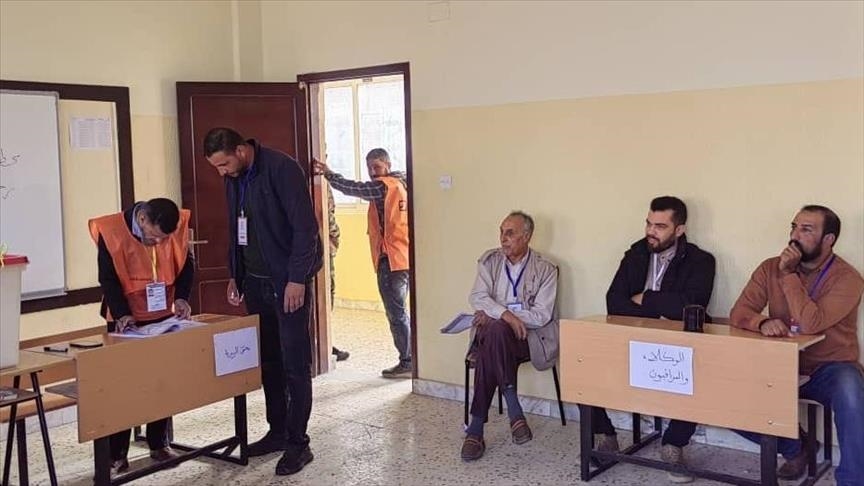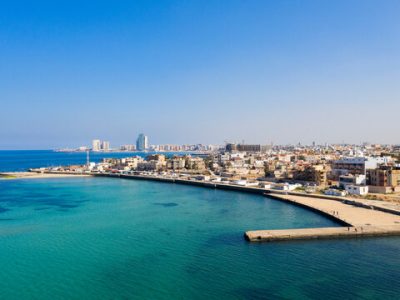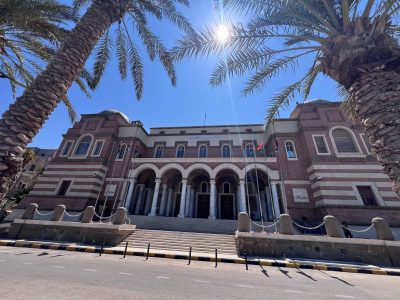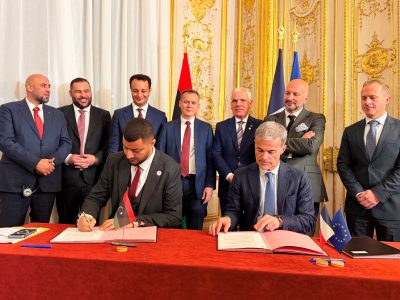Libya Municipal Elections 2025: Local Votes Mark Progress Amid Political Division
On Oct. 18, Libya’s High National Elections Commission announced that local voting began in 16 municipalities across the country, after postponements earlier this year. Polling stations opened amid close security supervision, as voters in cities from Kufra to Al-Marj cast ballots for new municipal councils. The elections are part of a phased program to renew local governance in line with Libya’s stalled political roadmap. Another round is scheduled for Oct. 20 in ten additional municipalities, including key eastern cities such as Tobruk, Sirte, Benghazi and Sabha. Observers say these polls carry both symbolic and practical weight: they are “one of the few democratic processes uniting Libyans across divided regions,” and a step toward building institutional legitimacy.
The UN Support Mission in Libya (UNSMIL) welcomed the resumption, calling it an “important electoral process” aimed at restoring the legitimacy of local institutions. UNSMIL urged all registered voters to participate freely and safely, and praised the elections commission’s tireless work in organizing 91 municipal votes over the past year despite political obstacles. At the same time, Libya remains formally split. A UN-recognized Government of National Unity under Prime Minister Abdul Hamid Dbeibah controls much of the west, while a rival administration backed by the eastern parliament and commander Khalifa Haftar governs the east and south. Many Libyans hope the local contests will help bridge this divide by giving citizens a direct voice in government, even as national elections remain postponed.
Oil Revenues and Budget Pressures
While politics inch forward, Libya’s economy continues to depend overwhelmingly on oil. Central Bank data show that oil revenues reached 79.4 billion Libyan dinars ($14.65 billion) in the first nine months of 2025, out of total public income of 94.6 billion dinars. Oil sales alone accounted for nearly all this revenue (79.4 billion), with oil royalties adding another 13.4 billion. By contrast, non-oil income remains negligible – taxes and customs brought in only about 1 billion dinars combined, and other fees less than 700 million. This underscores Libya’s heavy reliance on hydrocarbons: as one government minister recently noted, oil proceeds still make up more than 90% of national income.
On the spending side, the budget reflects an outsized public sector.
The central bank report shows total spending of 86.2 billion dinars for January–September, with wages and salaries amounting to 51.0 billion (almost 60% of the total) and subsidies (chiefly on fuel and pensions) at 29.5 billion. Relatively little is allocated to development or capital projects (around 1.7 billion). Analysts warn that such patterns pose structural fiscal challenges for Libya’s future. Even amid high oil prices, the economy has limited diversification and relies on continuous hydrocarbons exports to fund government programs.
Cash Shortages and Central Bank Action
Paradoxically, Libya is awash in oil cash but starved for banknotes. On Oct. 14, the Tripoli-based central bank announced that it had authorized printing 60 billion new dinars (about $11 billion) to ease a chronic liquidity squeeze. Of this sum, 25 billion dinars had already been received and distributed to commercial banks, and another 14 billion was expected to arrive from abroad by year’s end, with the remaining 21 billion slated for import in 2026. The move was deemed necessary despite Libya’s vast oil wealth because residents often have to line up outside banks to withdraw cash.
Indeed, Libya’s decade of conflict has fragmented its monetary system. Authorities have scrambled to remove about 47 billion dinars of unofficial or counterfeit currency from circulation to maintain the strength of the dinar, according to the central bank, but much of that (roughly 10 billion dinars) was not issued by the Central Bank and unknown to it, reflecting parallel issuances in the divided country. The latest bond of new printing is intended to restore “balanced and stable” liquidity in the economy. Still, economists caution that without fiscal reform, simply printing money risks inflation. The twin facts that Libya “has substantial oil wealth” and yet suffers acute cash shortages illustrate how deep the financial disarray is.
Oil Output and Investment Plans
The government is also trying to turn oil into new growth. Khalifa Abdel-Sadek, the oil and gas minister of the Tripoli government, said on Oct. 18 that Libya will aim to raise output to 1.6 million barrels per day by 2026, up from about 1.38 million bpd currently. Libya sits on roughly 48 billion barrels of proven reserves (the largest in Africa), and the National Oil Corporation (NOC) has drawn up a multi-year plan to upgrade infrastructure, modernize aging fields and reopen sites idled by past instability. Such steps are meant to attract foreign investment; for example, Libya’s state oil firm has agreed to a U.S.-Libya energy forum in partnership with American companies, and recently signed a long-awaited exploration pact with ExxonMobil.
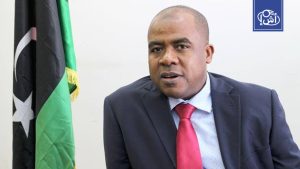
Natural gas is also in focus: Libya now produces about 2.5 billion cubic feet per day, with some exported via the Greenstream pipeline to Italy and the rest used domestically for power generation. Officials say the goal is to keep Libya a reliable supplier to global markets even as it rebuilds its industry. In practice, output has been rising, but it remains sensitive to political conditions. (For example, recent clashes in Tripoli did not directly affect the main southern and eastern oilfields, but they demonstrate how security risks can flare unpredictably.)
Outlook: Growth Amid Fragility
The combination of local ballots and economic reforms reflects a Libya cautiously testing its path ahead. Forecasts are optimistic: the Arab Monetary Fund predicts Libya will top the Arab world with about 14.3% GDP growth in 2025, on the strength of high oil output. But the fund also warns that political instability and weak institutional capacity still obstruct Libya’s needed reforms. In other words, large revenues and bold plans may not yield broader prosperity unless they are matched by political stability and inclusive governance. Municipal elections – endorsed as “crucial” by the UN to restore local democracy – could help build public trust if they are seen as fair. Yet without a unified government and clear rules for national elections, Libya’s factions remain at odds.
For now, Tripoli’s central bank is scrambling to keep the economy afloat, and the government in Tripoli is courting foreign partners. The rival eastern authorities have their own agenda under a separate prime minister. Together, these developments suggest Libya is trying to reconcile its internal divisions through a mix of democracy at the grassroots and economic opportunity. Whether that effort succeeds will depend on whether Libyans can turn their oil wealth into lasting stability and growth.

